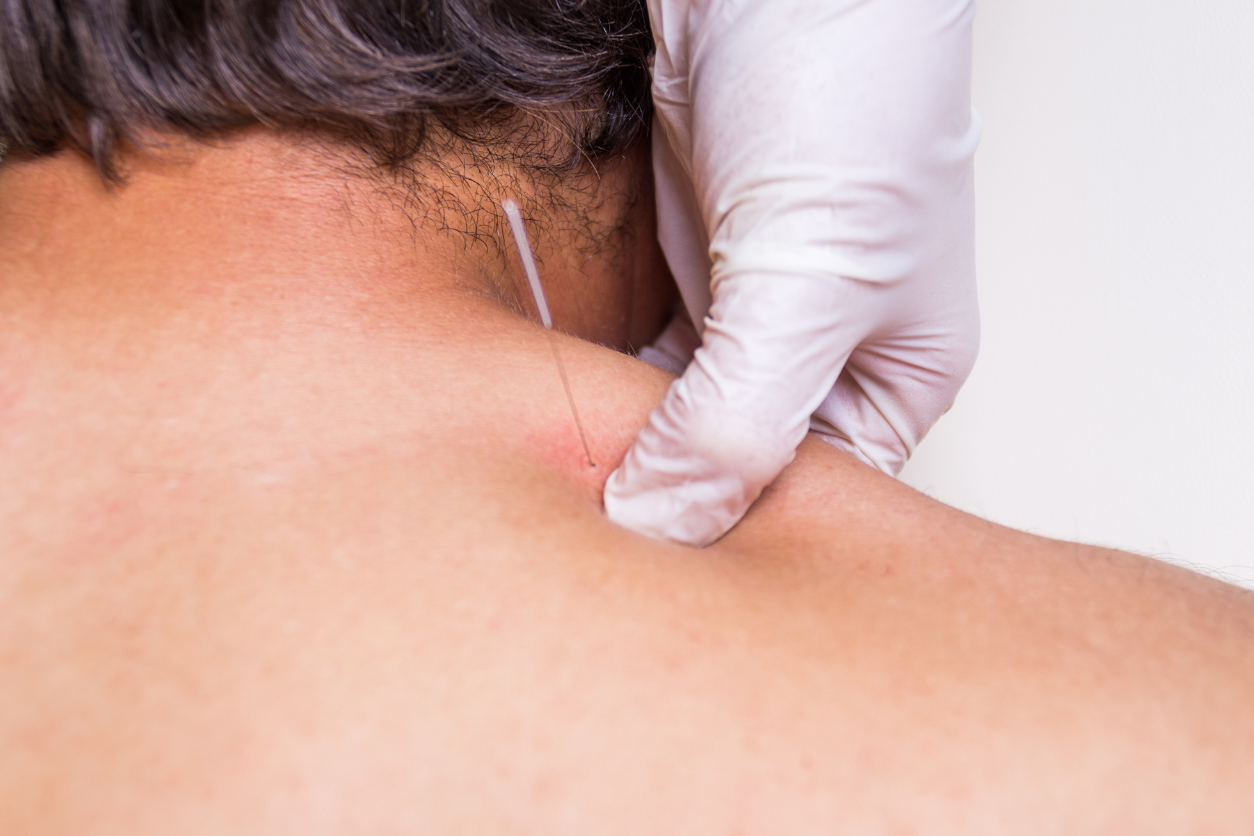Acupuncture for Back Pain: How Effective Is It?

Back pain is a prevalent condition that can significantly impact daily life. Whether caused by muscle strains, herniated discs, or poor posture, people who experience regular back pain are always on the lookout for the best solution. Traditional treatments for back pain often involve medications, physical therapy, and surgery, though many are turning to acupuncture to achieve much-needed pain relief.
Acupuncture has been around for thousands of years and is often touted as an effective treatment for various ailments, including back pain. But how effective is it? This article will explore acupuncture’s effectiveness in relieving back pain. Whether you’re a skeptic or a believer, this comprehensive guide will provide the information you need to make an informed decision about incorporating acupuncture into your back pain management plan.
What Is Acupuncture?
Acupuncture, a centuries-old practice from ancient China, has evolved into a popular alternative therapy for various ailments. Based on the principles of Traditional Chinese Medicine (TCM), acupuncture involves the insertion of thin needles into specific points on the body to stimulate energy flow and promote healing.
In recent years, acupuncture has gained recognition in Western medicine as a complementary treatment for several conditions, including back pain. Scientific studies have explored its effectiveness and shed light on its potential benefits.
Acupuncture for Back Pain: An Overview
Through strategic needle placement, acupuncture aims to alleviate back pain by promoting the release of endorphins, reducing inflammation, and improving blood circulation to the affected area. It has shown promise in treating various types of back pain, including chronic lower back pain, sciatica, and osteoarthritis-related back pain.
The Process of Acupuncture
Before beginning acupuncture treatment, a qualified acupuncturist will conduct a thorough consultation and assessment to understand the patient’s specific back pain concerns and medical history. The acupuncturist will develop a tailored treatment plan based on the diagnosis, which may involve multiple acupuncture sessions. Depending on the severity of the back pain, you may require follow-up sessions to ensure long-lasting relief and address any underlying issues.
The Effectiveness of Acupuncture
Several clinical studies have explored the effectiveness of acupuncture for back pain, with many showing positive results and a significant reduction in pain levels. While individual experiences may vary, acupuncture can provide meaningful pain relief and improved functionality for many individuals with back pain.
Acupuncture vs. Conventional Treatments
Research suggests that acupuncture can be as effective, if not more, than traditional treatments such as pain medications and physical therapy. It’s generally considered safe, with minimal side effects compared to medications that may have undesirable side effects. Acupuncture may also offer a cost-effective and accessible alternative to physiotherapy for individuals seeking relief from back pain.
Acupuncture Risks and Side Effects
Potential side effects of acupuncture for back pain are typically mild and include temporary bruising, soreness, and minor bleeding at the needle insertion sites. While acupuncture is generally safe, consulting with a qualified acupuncturist and disclosing any existing medical conditions or medications is essential to minimize potential risks.
Combining Acupuncture With Walking
While acupuncture is a time-tested method to alleviate back pain by targeting specific pressure points, integrating low-impact exercise can amplify its benefits. One such exercise, surprising to some, is walking. Here’s why and how this fusion of ancient practice and low-impact movement can be effective:
Holistic approach to wellness
Acupuncture believes in holistic wellness, where the body, mind, and environment harmonize. By engaging in low-intensity, consistent movement, walking aligns perfectly with this philosophy, ensuring that the body remains active and the muscles, especially around the back, stay engaged.
Enhanced blood circulation
After an acupuncture session, walking can help improve blood circulation. Better circulation can aid in transporting essential nutrients to the back muscles, facilitating quicker recovery and reducing pain.
Preventive measure
While acupuncture addresses existing pain points, integrating a walking routine can be a preventive measure. Regular walking can strengthen back muscles, making them more resilient against future strains or injuries.
Stress reduction
Stress is a significant contributor to back pain. Walking releases endorphins, the body’s natural pain and stress relievers. Therefore, a gentle walk post-acupuncture can further reduce stress levels, indirectly benefiting the back.
Flexibility and convenience
When the weather or your work schedule doesn’t allow for outdoor walks, you can still get the movement you need with an indoor treadmill or walking pad. Walking pads, in particular, are compact, foldable, and can be easily used at home or the office. This ensures you can maintain a consistent walking routine without major disruptions, complementing the periodic acupuncture sessions.
Conclusion
Overall, acupuncture has the potential to provide long-term relief for back pain, especially when combined with lifestyle modifications and regular follow-up sessions. While individual experiences may vary, acupuncture has shown promise in improving functionality and quality of life for many individuals with back pain. Whether you’re a skeptic or a believer, considering acupuncture as part of your back pain management plan may be worth exploring.
Elevating the Shopping Game
Our platform offers in-depth reviews and analyses across various product categories, empowering you to shop with confidence and precision. Here, transparency and detailed research pave the way for smart choices that reflect your needs and values. Join our community and elevate your shopping experience from buyer to expert, one report at a time.